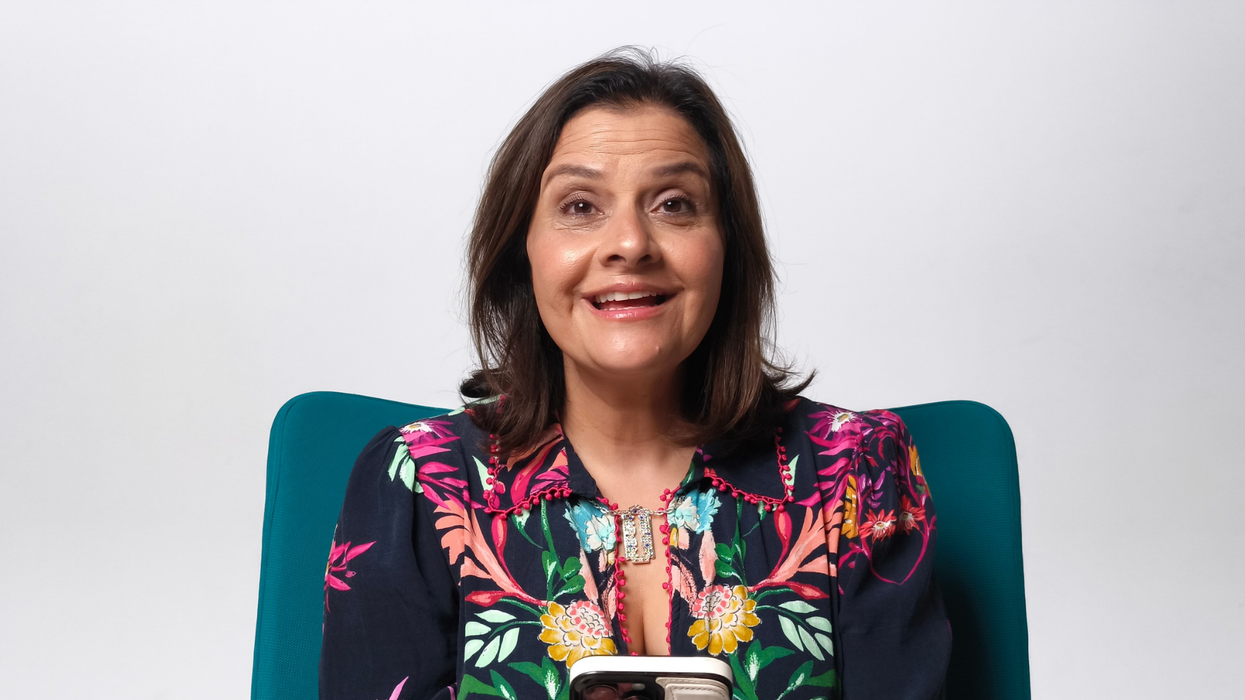A new digital upgrade to the NHS app is set to ease the burden on pharmacies across England, with the introduction of a real-time prescription tracking feature for patients. The update allows users to follow the progress of their medication in a manner similar to online retail platforms, reducing the need for phone calls and in-person enquiries about prescription status.
According to NHS England, nearly half of all calls to community pharmacies are related to prescription updates. The new system is intended to alleviate this administrative workload, enabling pharmacy staff to focus more on direct patient care.
The prescription tracking feature has already been rolled out to nearly 1,500 pharmacies, including major high street chains such as Boots. Plans are in place to expand the service to almost 5,000 pharmacies nationwide over the next year.
Dr Vin Diwakar, NHS England’s clinical transformation director, said the feature gives patients greater autonomy in managing their care. “You will now get a near real-time update in the app that lets you know when your medicine is ready so you can avoid unnecessary trips or leaving it until the last minute to collect,” he explained. “The new Amazon-style feature will also help to tackle the administrative burden on pharmacists, so they can spend more of their time providing health services and advice to patients.”
Health Secretary Wes Streeting welcomed the development, emphasising the importance of applying digital innovation to everyday healthcare services. “If patients can track the journey of their food shop, they should be able to do the same with their prescriptions,” he said. “By harnessing the power and efficiency of modern tech, we're saving patients time, driving productivity and freeing up hardworking pharmacists to do what they do best – helping patients, not providing status updates.”
Boots, which is participating in the rollout, says the new functionality will significantly improve customer service. Anne Higgins, pharmacy director at Boots, said: “For the first time, when a patient orders their prescription via the NHS app and they’ve nominated a Boots pharmacy to dispense it, they can view its journey at every key step of the process. This will remove the need for patients to call our pharmacy team for updates on their prescription so they can spend more time with patients and deliver vital services like NHS Pharmacy First.”
The prescription tracking tool is integrated into the existing NHS app, which already allows patients to order repeat prescriptions, access their health records, book appointments, and use a barcode to collect medication. NHS data shows that the app now has 37.4 million registered users, with around 11.4 million using it monthly. Between April 2024 and April 2025, the number of repeat prescriptions ordered through the app rose by 40 per cent, reaching 5.5 million.
The update is being viewed as a major advancement in digital healthcare. Olivier Picard, chairman of the National Pharmacy Association, described it as a “game-changer”. He noted that the absence of such features had contributed to relatively low patient engagement with the NHS app in the past. “Pharmacies want to do all they can to embrace new technology and make the vital services they offer as easy and convenient as possible for patients to access,” Picard said.
He also highlighted the importance of ensuring that independent community pharmacies, which make up the majority of outlets across England, are included in the rollout. “It’s important that this new prescription tracking feature is quickly made available to all independent community pharmacies,” he said. “This will help maximise the benefit of the service for patients across the country.”
With growing pressure on both GPs and pharmacies, the NHS sees technology as a vital tool in streamlining operations and improving patient satisfaction. The prescription tracking system, while relatively simple, is expected to play a key role in modernising day-to-day healthcare interactions.














